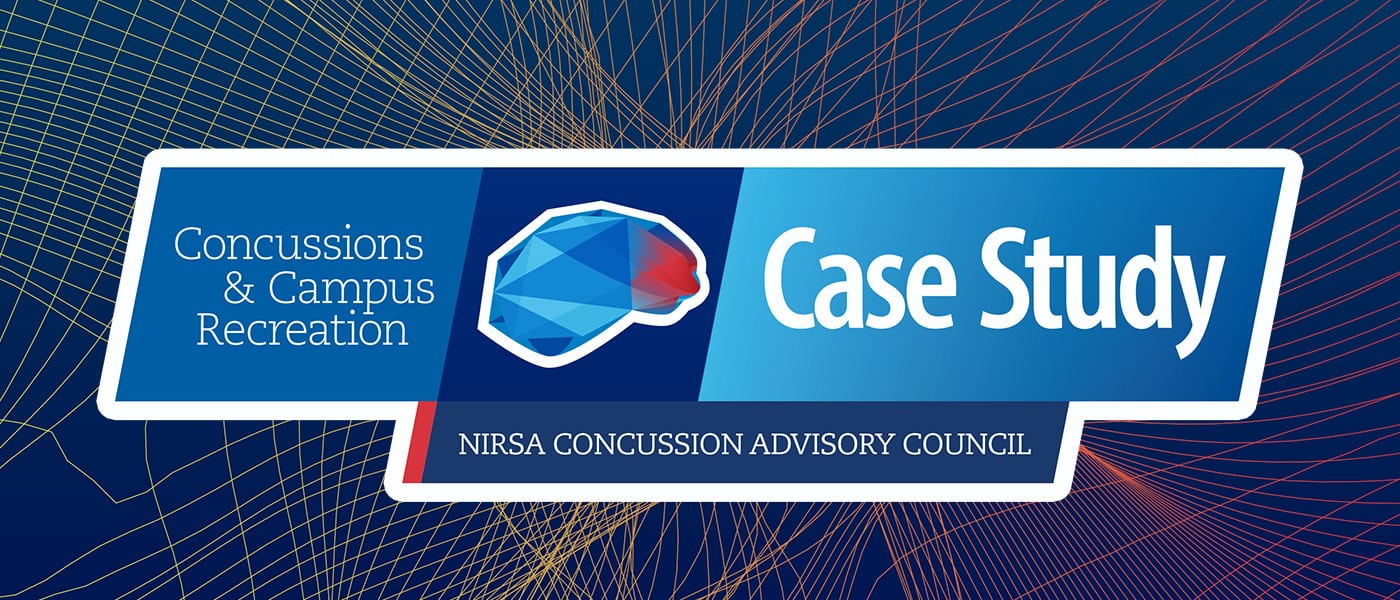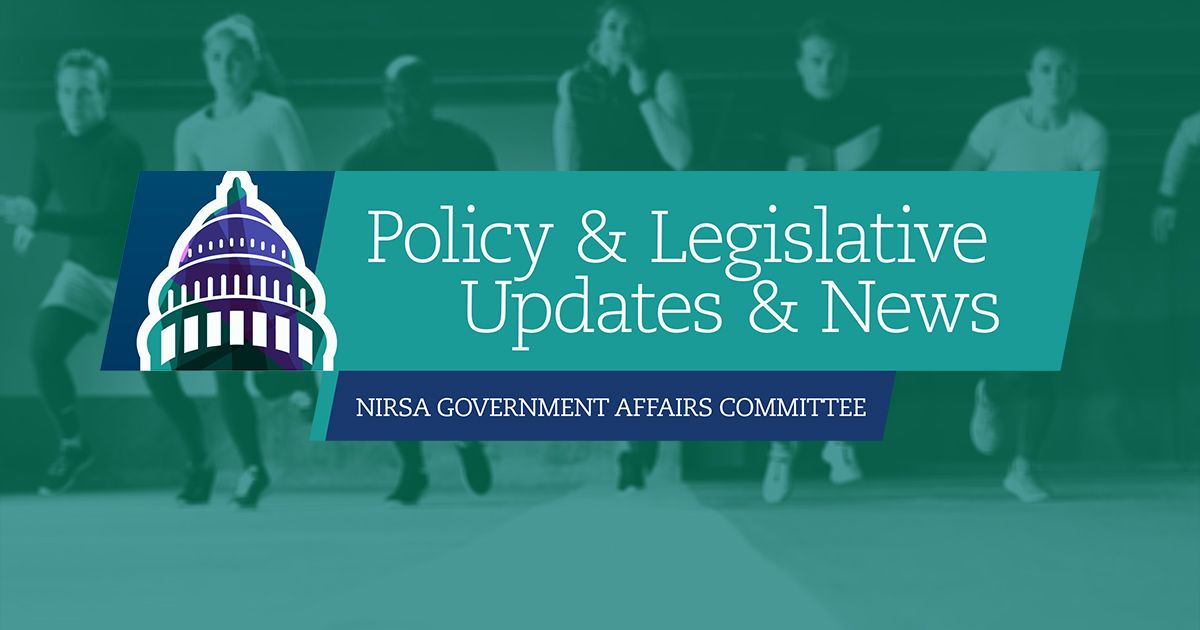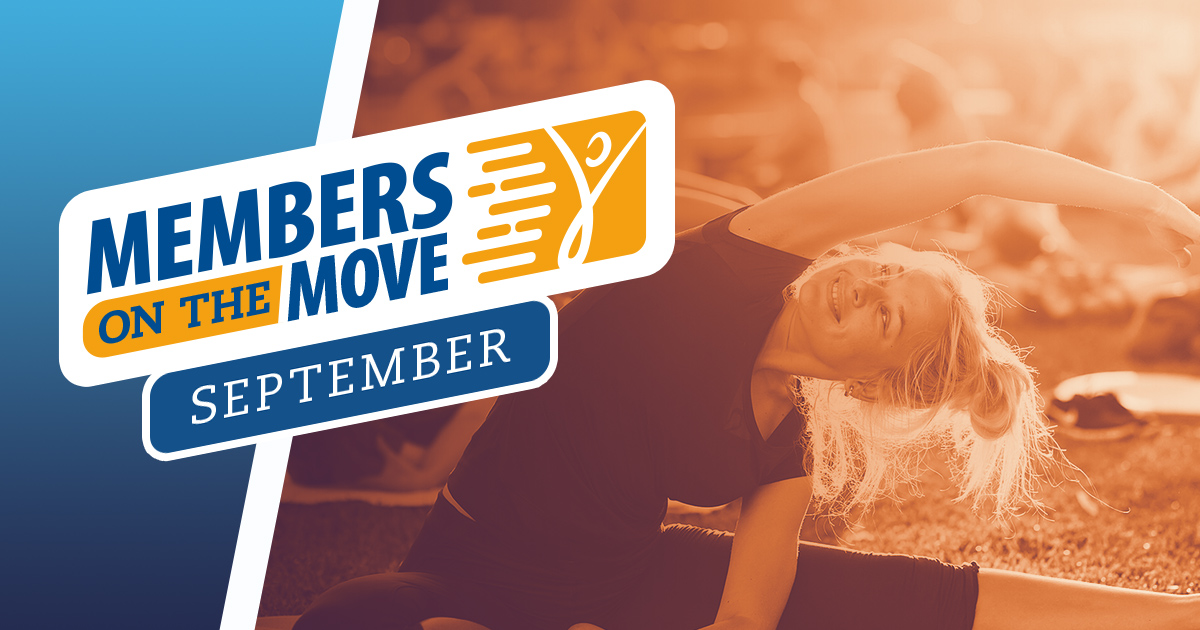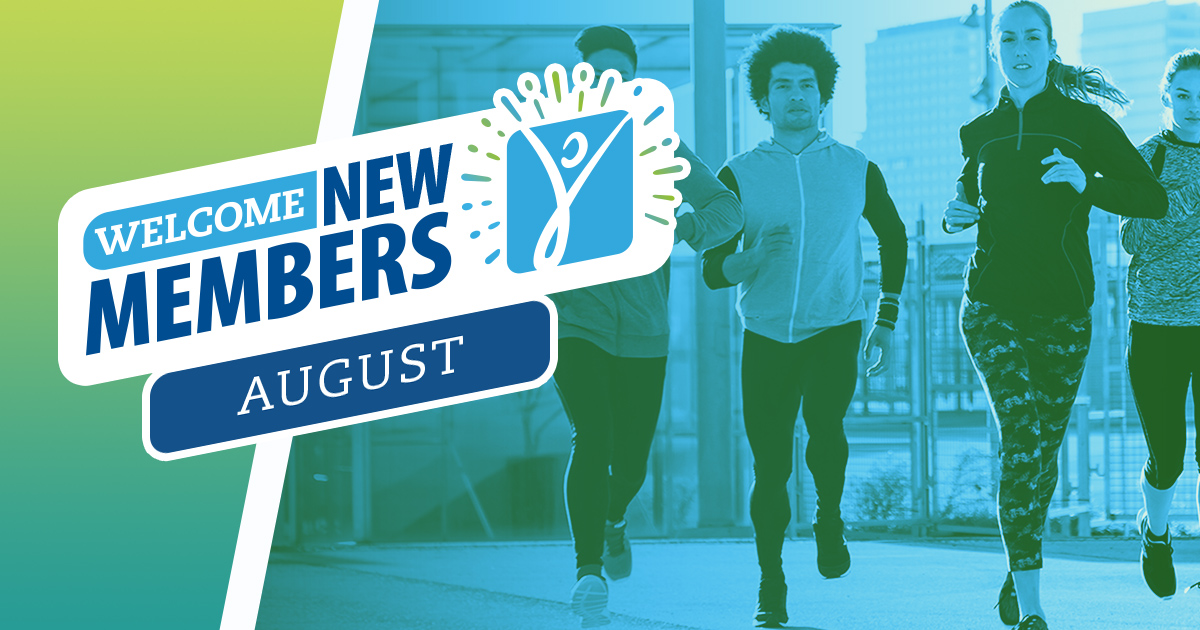The NIRSA Concussion Advisory Council has been working to develop a series concussion-focused resources, including case studies to give our campus recreation colleagues from across North America some insight into various approaches to implementing concussion protocols.
The University of Michigan-Ann Arbor is pleased to share this entry in the series.
Background
A few years ago, the University of Michigan’s risk management office approached us to get a better understanding of what Recreational Sports was doing, specifically in the club sports program, to manage the risk of concussions. Our club sports program serves around 1,500 students each year and all 29 of our club teams engage in at least five intercollegiate competitions per year.
The relationship between the university and our club sports program is a formal one—club sports is called a ‘Sponsored Student Organization’ and is considered a function of university business. From the perspective of insurance coverage, the university covers a club’s activity in the same way they do an intramural sport or a Group-X class, which comes with some responsibility on the end of the sponsoring department to manage the risks associated with club activities.
Why a relationship with risk management office is critical
When the topic of concussions came up, numerous ideas regarding what ‘management’ really meant were discussed and our risk management office strove to become educated regarding our program’s identity. It made sense for them to draw comparisons between club sports and NCAA sports. In many ways this comparison does make sense, but in some of the most important ways (i.e. the differences in financial and staff resources) that comparison sets campus recreation programs up for failure.
Our club sports professionals were questioned on why the program does not have athletic trainers covering practices and competitions (the answer being that resources are limited) and why we were not doing medical pre-screenings of the individuals who are participating in our program (logistical challenges posed by fluctuating rosters and an inability to track without additional staff resources). There was also a great deal of conversation aimed at helping our team to better understand the needs of risk management, the risk management office understanding resource limitations, and us working together to come up with a reasonable and responsible approach.
There are few relationships on this campus that are of more value to us than the ones we have built with our risk management office. That value centers around their willingness to listen and understand. They have never required something of us that we were not capable of achieving (although, make no mistake, a lot of sweat went into establishing our policies and protocols) , or settled for a sub-par execution of policy, and they appreciate that we continue to seek their guidance on new scenarios and that we always consider their perspective.
So, what happened with concussion management at University of Michigan Recreational Sports?
Over the course of a summer, we worked with the risk management office to create a focus on concussion education and accountability.
Leadership components
We started by identifying who from each team we could most reasonably hold accountable for the execution of removal from play. We identified coaches, as we require each team to have at least one non-student coach, and safety officers, since we also require each team to have at least two safety officers.
We talked with colleagues in Athletics about what information was being presented to their student-athletes and coaches and how that information was being presented. They introduced us to a great, free online education tool that was created at the University of Michigan, and while the tool does not specifically address the topic from the perspective of our club sports program, we found it to be our best option for our program, in part because it generates a certificate of completion with a name and date. This training is now required annually for all club sports coaches and safety officers.
From the perspective of those groups, understanding their responsibilities around removal from play, our colleagues in Athletics provided us with a document they use. It addresses the importance and duty that coaches have as it relates to removal from play, and we were able to adapt their document with very minor modifications and roll into the requirements for our coaches and safety officers as an additional. We also decided to require our safety officers to attend an in-person training where we again review the seriousness of concussions and their duty to remove someone from play whenever a head injury is sustained.
General participant components
We also identified ways to educate the general club sport participant, without generating a mound of new paperwork that required significant annual administration staffing. In our program, we have a participation agreement that serves many functions, including a program waiver, photo release, general code of conduct, and collection of proof of required medical insurance. This was a convenient place to add a very short educational video as well as a few checkboxes where every participant in our program is able to certify that they watched the video and acknowledge understanding of the fact that injuries sustained during club sports must be reported, that we reserve the right to require medical clearance after an injury, and that we provide them with resources about concussion education.
While there are still things–like athletic training coverage and medical pre-screening before participation—that risk management would prefer we do, resource limitations are real and currently restrict us from doing many of these things. Even from the perspective of response to a reported injury, we face challenges. Currently, we are recommending that those who are injured seek medical attention and clearance before returning to activity, but we do not yet require it, nor do we collect paperwork.
We are also somewhat limited in our ability to provide students with resources on campus in the way that you may see at other institutions; we have a great Dean of Students Office who has been very responsive to helping students we refer to them who need academic accommodations due to a variety of injuries sustained in our program, but we do not have a pipeline to a particular physician on campus who our student-athletes are able to see. Overall, though, our team is pleased with the education that we have been able to structure in our program in the face of our resource limitations.
Future plans
Through a partnership with a university-affiliated sports medicine organization, we have been able to provide a location in one of our facilities for “clinic hours.” In return, they are providing us with coverage for club sport home competitions and intramural sports. While this partnership is still a work in progress, it has been a nice supplemental service that we are able to provide students and members in our facilities and programs. We hope that it will continue to develop to a point where we are able to guarantee this coverage, and further enhance our students’ experiences.
Our bigger picture conversation will be around the education we provide all student employees in our department. The club sports supervisors are currently required to do the same online concussion education module as our coaches and safety officers, and I am hopeful that we can use this tool—or possibly consider a tool more specific to our work—to educate all of our student employees and hopefully deliver a more consistent participant experience.
How can this help others?
For my NIRSA colleagues working in campus recreation across North America who have felt like you do not have the resources available to do what is necessary for concussion management, I would challenge you to reconsider. One of the things that we heard in our conversations with the office of risk management was that feeling like you are not able to do enough is not an excuse for doing nothing. This is what really got us to change the way we thought about our response.
Your initial efforts can be as simple as digital signage or posters that educate on the dangers of concussions and the long-term impact they can have on a person or sending a link to a resource hosted on your department’s website. But as higher education professionals, we have a responsibility to figure out what we can do to educate our participants. It is simply no longer acceptable to continue doing nothing because we cannot do as much as we would like.
- For more information, contact NIRSA Headquarters.
- If you are interested in highlighting your campus or a NIRSA member’s achievements on your campus, pitch us your ideas.
Lexi Chaput currently the Senior Assistant Director of Sport Programs and Development at the University of Michigan-Ann Arbor; she serves as a member of the NIRSA History & Legacy Committee and Co-Chair of NIRSA's 75th Anniversary Celebration Committee. She can be reached at lexic@umich.edu.







